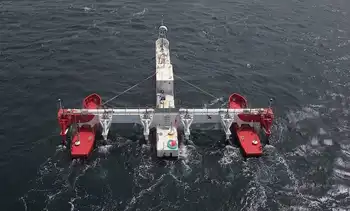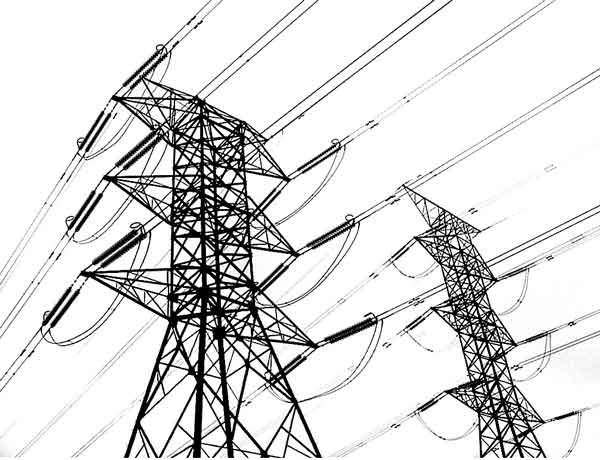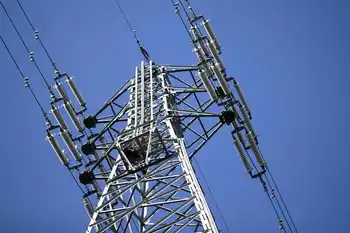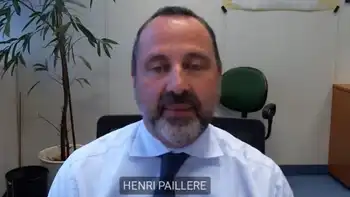Sustainable Marine now delivering electricity to Nova Scotia grid from tidal energy

Arc Flash Training CSA Z462 - Electrical Safety Essentials
Our customized live online or in‑person group training can be delivered to your staff at your location.

- Live Online
- 6 hours Instructor-led
- Group Training Available
Sustainable Marine tidal energy delivers in-stream power to Nova Scotia's grid from Grand Passage, proving low-impact, renewable generation and advancing a floating tidal array at FORCE and Minas Passage in the Bay of Fundy.
Key Points
The first in-stream tidal project supplying clean power to Nova Scotia's grid, proven at Grand Passage.
✅ First to deliver in-stream tidal power to Canada's grid
✅ Demonstration at Grand Passage informs FORCE deployments
✅ Low-impact design and environmental monitoring validated
Sustainable Marine has officially powered up its tidal energy operation in Canada and is delivering clean electricity to the power system in Nova Scotia, on the country’s Atlantic coast, as the province moves to increase wind and solar projects in the years ahead. The company’s system in Grand Passage is the first to deliver in-stream tidal power to the grid in Canada, following provincial approval to harness Bay of Fundy tides that is spurring further development.
The system start-up is the culmination of more than a decade of research, development and testing, including lessons from Scottish tidal projects in recent years and a powerful tidal turbine feeding onshore grids, managing the technical challenges associated with operating in highly energetic environments and proving the ultra-low environmental impact of the tidal technology.
Sustainable Marine is striving to deliver the world’s first floating tidal array at FORCE (Fundy Ocean Research Centre for Energy). This project will be delivered in phases, drawing upon the knowledge gained and lessons learned in Grand Passage, and insights from offshore wind pilots like France’s first offshore wind turbine in Europe. In the coming months the company will continue to operate the platform at its demonstration site at Grand Passage, gradually building up power production, while New York and New England clean energy demand continues to rise, to further prove the technology and environmental monitoring systems, before commencing deployments in the Minas Passage – renowned as the Everest of tidal energy.
The Bay of Fundy’s huge tidal energy resource contains more than four times the combined flow of every freshwater river in the world, with the potential to generate approximately 2,500 MW of green energy, underscoring why independent electricity planning will be important for integrating marine renewables.











